How & When to Plant Lavender: Facts, Benefits, & Concerns
-
Ashley Bates
- Last updated:
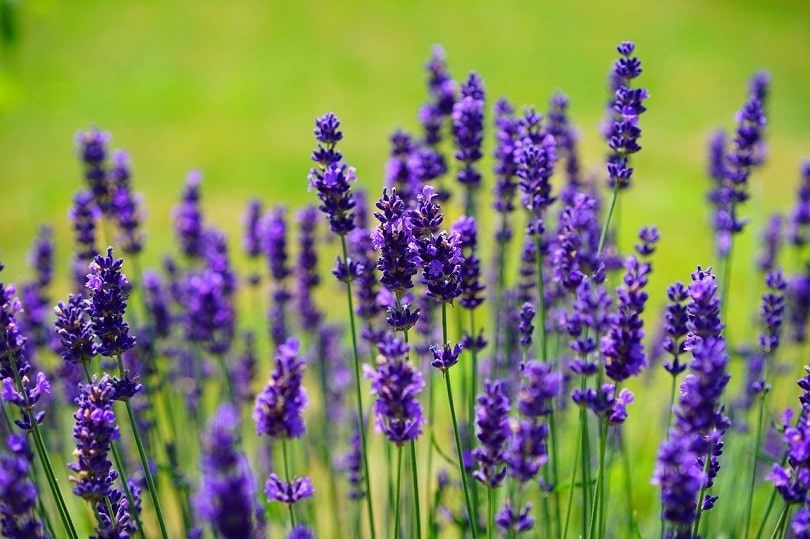
If you are looking to spruce up your garden this year, lavender is a gorgeous medicinal plant. It adds beauty, personality, and usefulness to any space, providing natural scents and even warding off certain pests.
But if you are unfamiliar with growing lavender, brushing up on tips beforehand can ensure successful sprouts. It would help if you always brushed up on growing tips to reap the benefits of lavender—and we have the info right here for you.
Before You Plant: Things to Consider
Lavender is a highly resilient, beautifully fragrant perennial plant. It is a popular favorite among growers for medicinal, therapeutic, and aromatic purposes. Plus, it adds beauty to just about any setup.
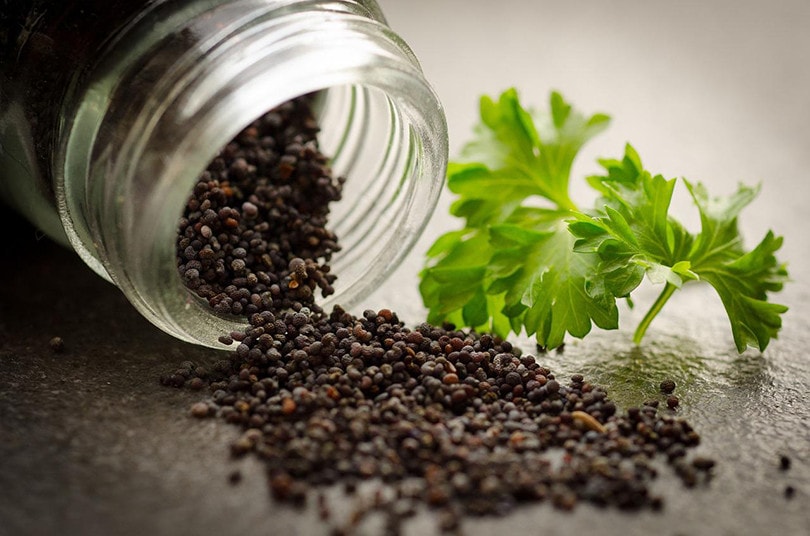
Compatible/Incompatible Pairings
Even though it may seem harmless, you shouldn’t plant lavender alongside certain plants. This is true due to the different needs each plant has. Luckily, lavender is compatible with more plants than not.
Compatible Plants
- Yarrow
- African Daisies
- Roses
- Marigold
- Coneflowers
- Sage
- Rosemary
- Thyme
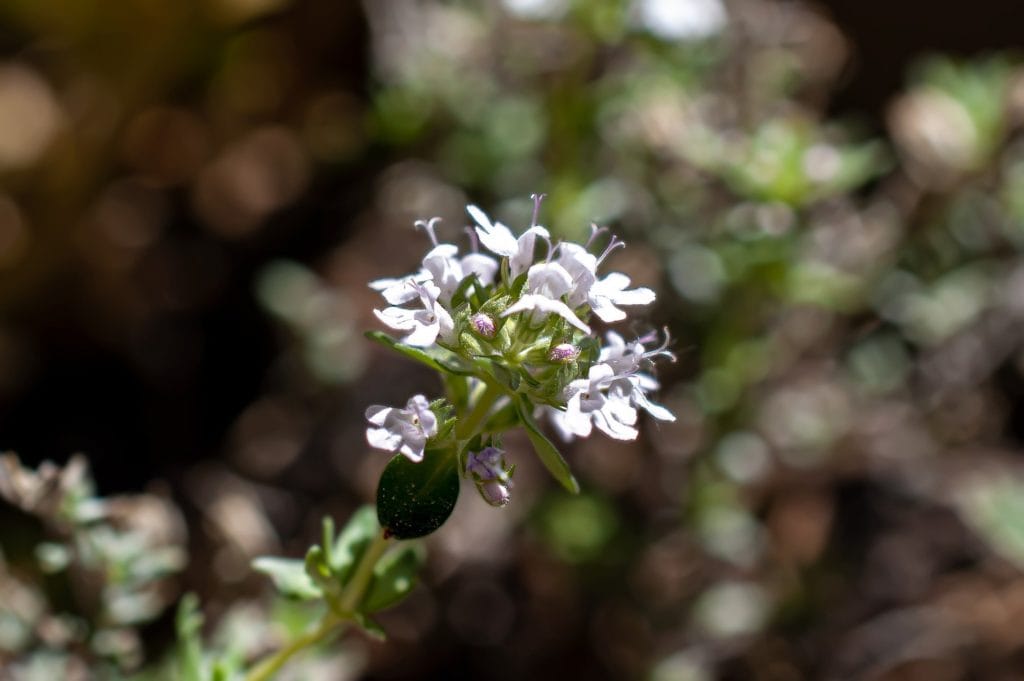
Incompatible Plants
- Hostas
- Mint
- Impatiens
- Camellias
Soil
When it comes to soil, lavender has a little wiggle room. But they love growing in well-draining, slightly alkaline soil. These plants prefer pH levels between 6.7 and 7.3.
We can’t stress enough that these plants must have well-draining soil. Having a layer of sand to drain is essential. They aren’t tolerant of soggy areas with sitting water or high humidity.
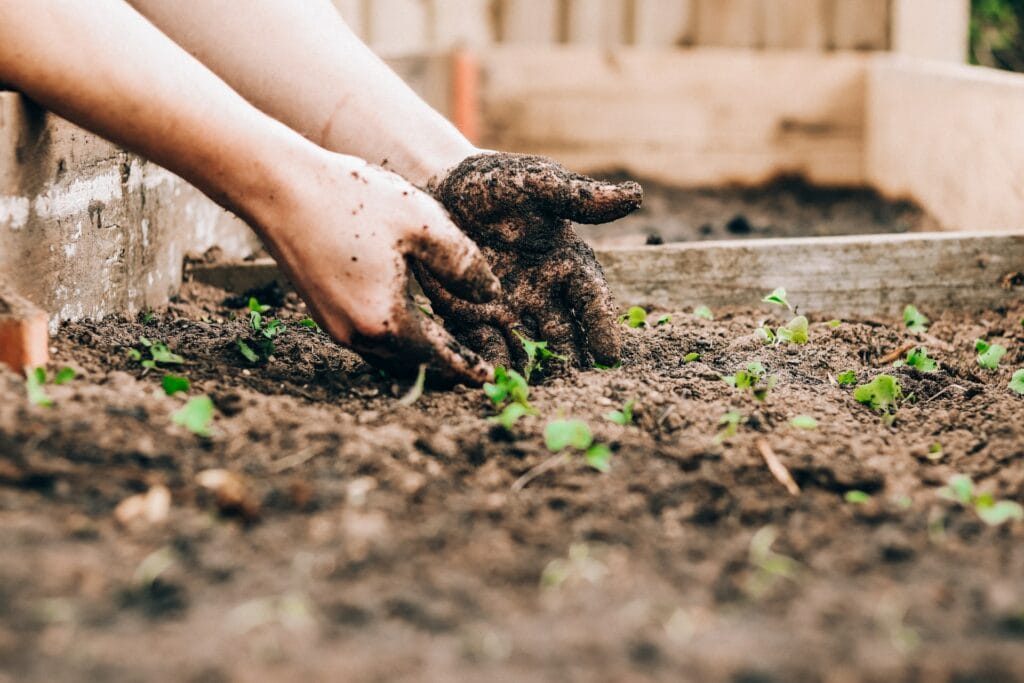
Lighting
Lavender loves the sun. It requires a lot of light, up to 6 hours per day. In the evening hours, the shade is beneficial to promote optimal growth.
Watering
Lavender should be watered once the soil totally dries out. If you allow the soil to stay too moist, it can cause fungus growth and other issues. So, always plant lavender in a sunny spot that can dry out quickly—well-draining soil is your friend.
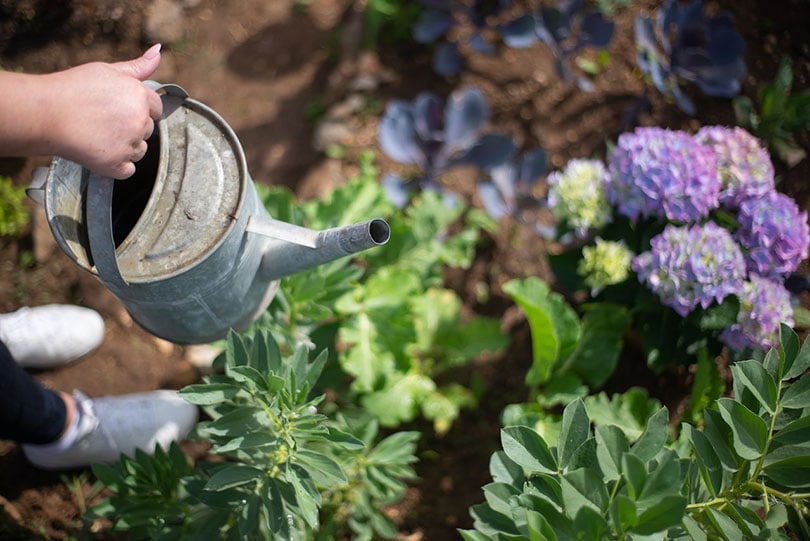
Starting from Seeds
Starting lavender from seeds can be challenging, but you can manage if you are an experienced grower. It’s slow to germinate and very difficult to bring to life. That’s why so many people choose to purchase plants that have already successfully started.
But if you want to try your hand at it, you must take a few extra steps during the germination process. You should start your seeds indoors 10 to 12 weeks before the final frost. Once you place the seeds into pods, you should see sprouts within 14-30 days.
Planting
Carefully remove the lavender plants from their pods by loosening the rim, tipping upside down, and slowly removing the plant. Score the soil and rough out the root ball, so it can grow without retaining the container shape. It would be best if you didn’t plant lavender in the ground until the chance for frost has ultimately passed.
Prepare a hole and place them into the ground. Please take all the loose soil and place it around the plant to make it level or higher than the existing soil. For irrigation purposes, make a well of soil around the plant to retain water.
The soil will naturally wear down in a few days, but it gives the plant a chance to stay moist while it readapts to the new environment.
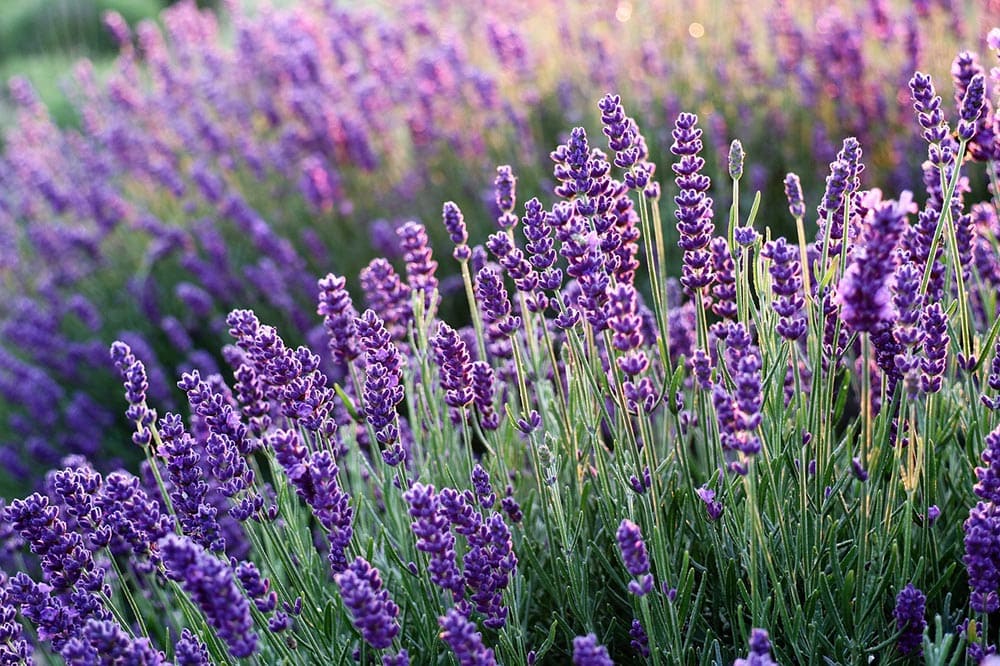
Sprouting
Lavender seeds aren’t in a hurry to germinate. It depends on date and seed quality. It can be a month before you see sprouts. However, it can also be as little as 14 days.
Blooming
Lavender is a summer bloomer. Blooms can last anywhere from a few weeks to three months, depending on the type. Although, some species might actually start blooming in early spring.
Be careful of the type of soil you purchase. If a lavender plant is in too much nutrient-rich soil, they might grow tons of green but never flower.
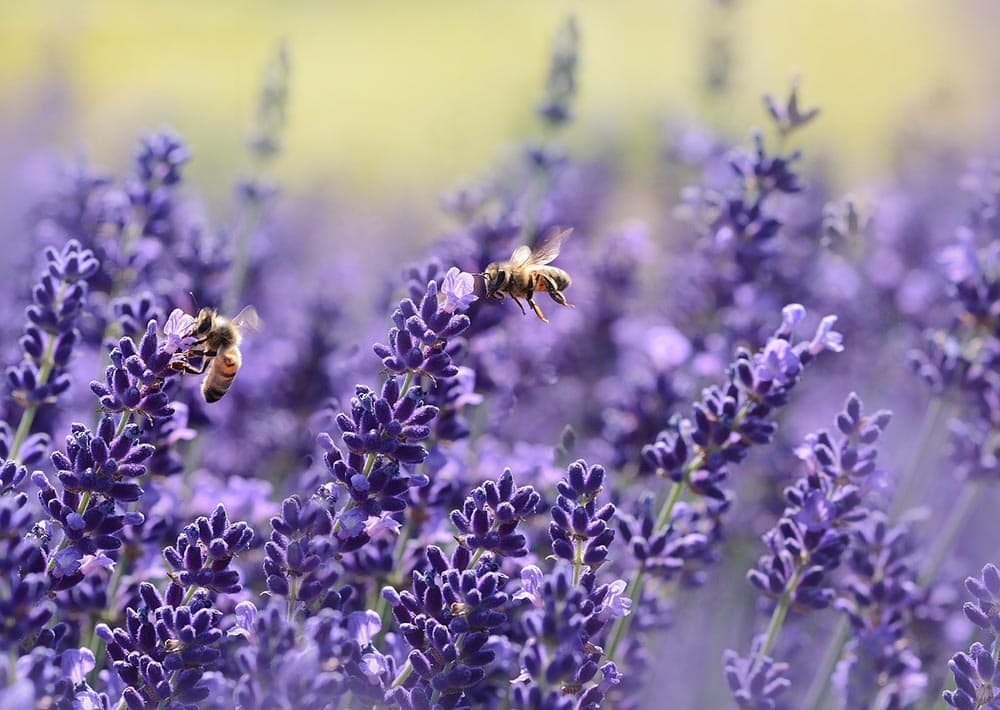
Trimming
It would be best if you prune your lavender plants twice a year. You should start in early spring and follow up in the late summer.
You should wait until you see new growth before pruning in early spring. Similarly, once the plants stop blooming in the fall, prune again.
Lavender: Perennial or Annual?
Lavender plants are an excellent investment for gardeners and landscapers since they come back for three to five years—meaning they are perennial. However, after this period, the plant will cease to come back.
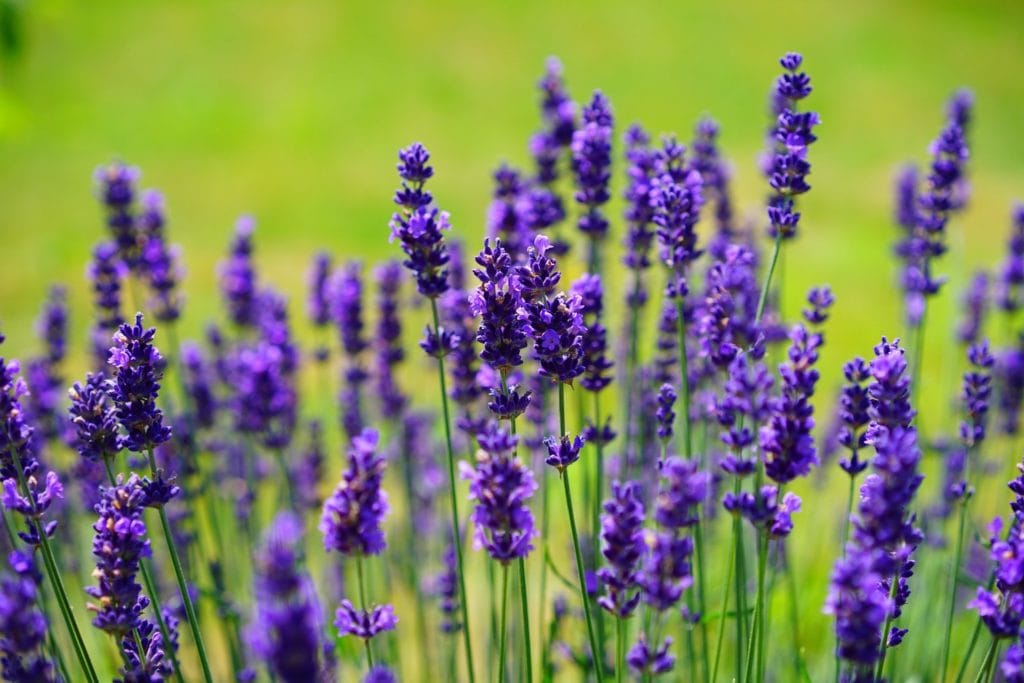
Types of Lavender
- English Lavender: English lavender is a type of lavender that is cultivated for its fragrant properties. They are the most cold-tolerant of all the lavender plants.
- Spanish Lavender: Spanish lavender is a bold purple lavender that loves the heat. It is drought-tolerant and thrives very well in containers, making it a popular pick.
- French Lavender: French lavender is larger than the other species, creating huge plants with stunning blooms.
- Hybrid Lavender: Hybrid lavenders are crossed between two types of lavender strains, creating different physical appearances and traits.
Lavender Benefits
Lavender is a very trusted herbal remedy for a laundry list of things. It also has very fragrant blooms that are used in aromatherapy.
- Reduces blood pressure
- Might improve allergies
- Reduces asthma effects
- Combats fungus
- Works as an anti-inflammatory
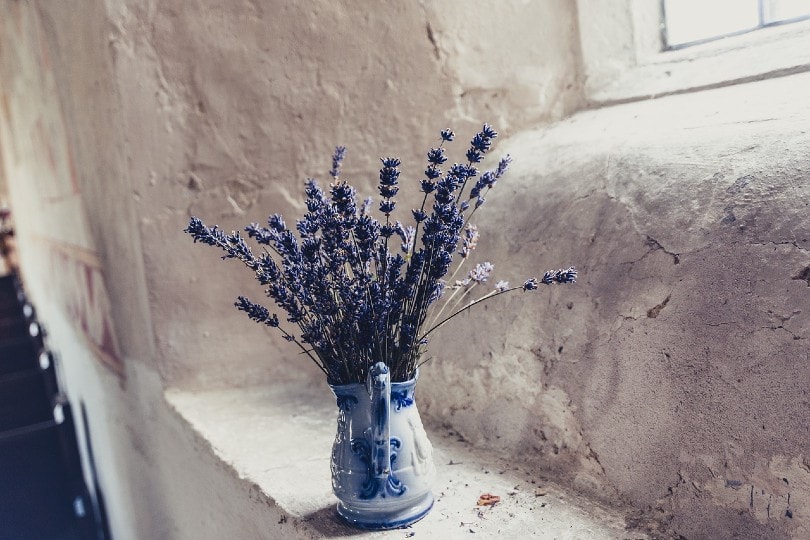
Lavender Concerns
Even though lavender is an exceptionally beautiful plant, it still has its fair share of pests and diseases. To prevent these occurrences, routine care is essential.
- Spittlebugs
- Whiteflies
- Aphids
- Alpha mosaic virus
- Lavender Shab Disease
- Wet Feet
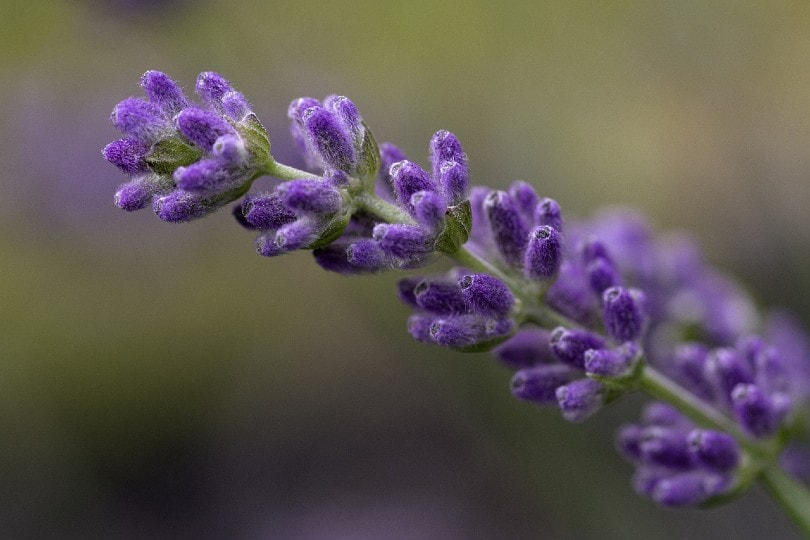
Lavender Fun Facts
- Lavender was used in ancient Egypt in the mummification process.
- Lavender is a member of the mint family.
- Lavender is a natural repellent, removing many unwanted insects around the garden but keeping fantastic pollinators around.
- Lavender is terrific for pollinators and serves as a food source for many beneficial insects.
Conclusion
Now you know that you can enjoy this lovely plant year after year. All it takes is a little knowledge and a green thumb to get them going. However, once you’re familiar with these beautiful plants, you can grow vibrant, healthy specimens yearly.
There is really no reason to skip out on lavender if you’re a gardener and lover of herbs. It’s the package deal—just as useful as it is beautiful. You can enjoy lavender for years to come with a few simple steps.
- https://bonnieplants.com/blogs/how-to-grow/growing-lavender
- https://www.hgtv.com/outdoors/flowers-and-plants/herbs/growing-lavender
- https://www.gardenerreport.com/when-and-how-long-does-lavender-bloom/
- https://www.familyhandyman.com/article/how-to-prune-lavender/#when-to-prune-lavender
- https://www.sunset.com/garden/flowers-plants/guide-planting-care-harvesting-lavender/?amp
Featured Image Credit: Hans, Pixabay
Contents

